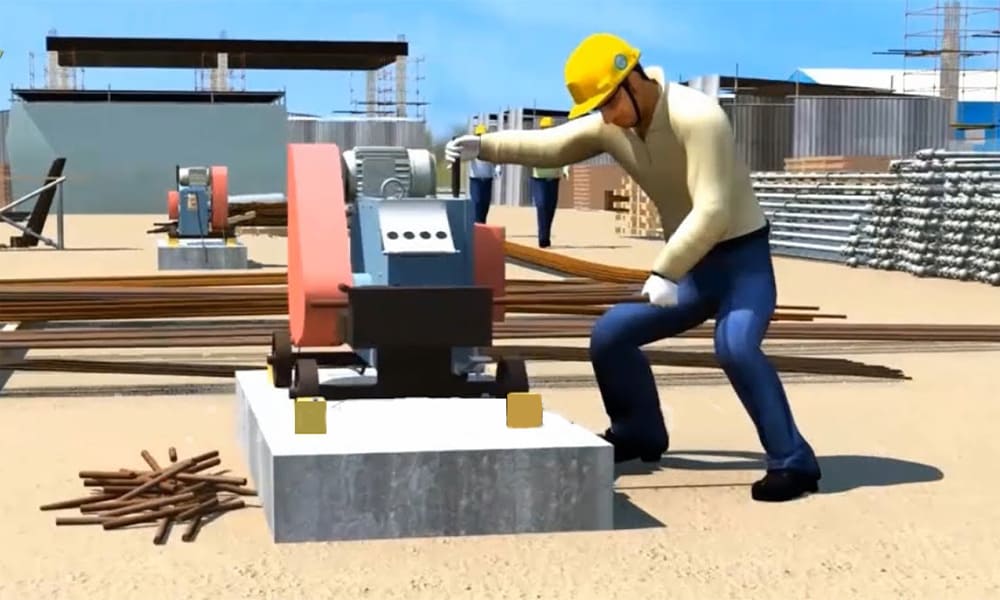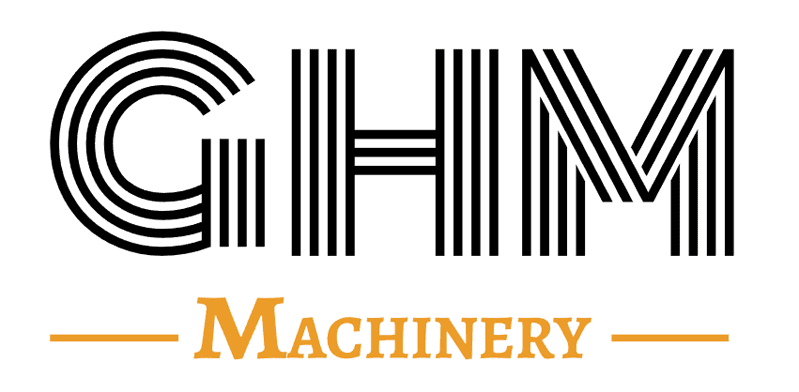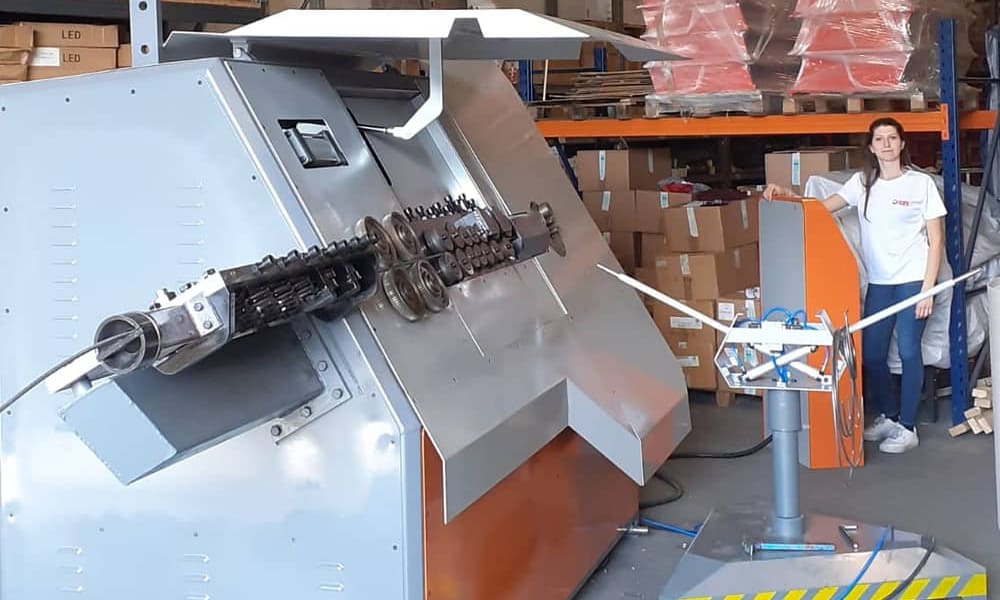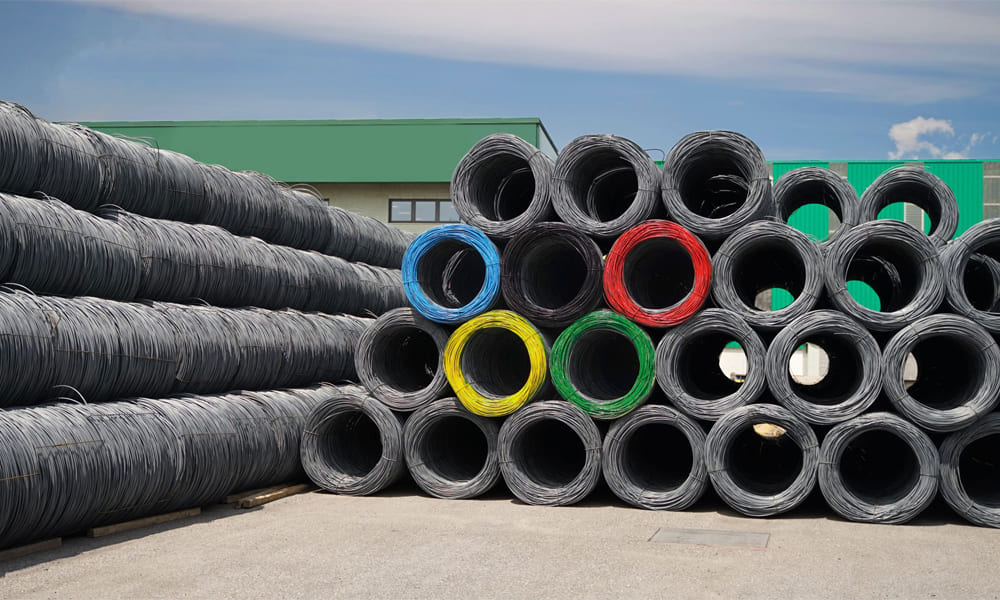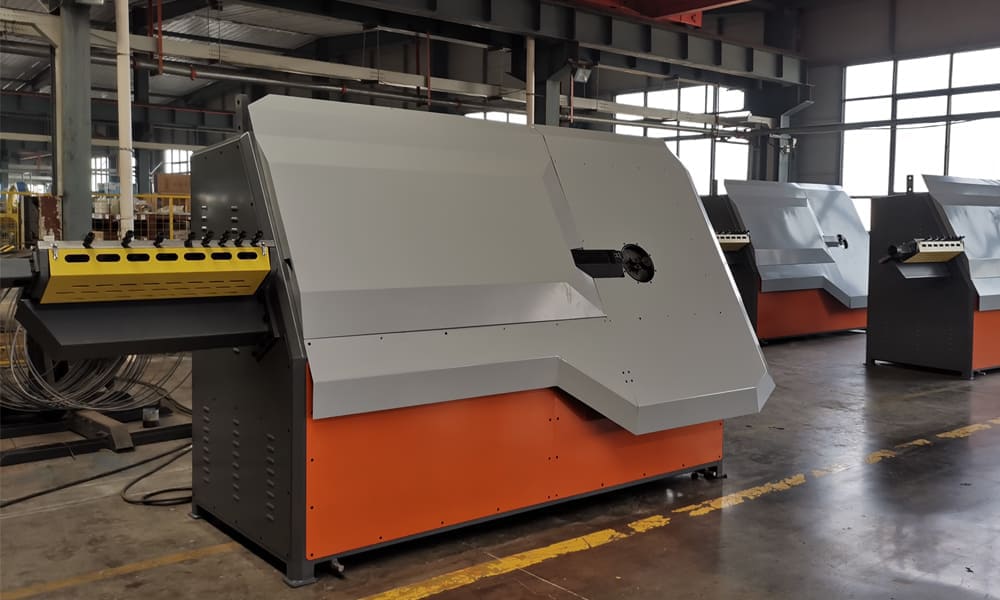- Material Handling and Stacking:
- Steel materials, semi-finished products, etc., should be neatly stacked according to specifications and varieties.
- The production site should be flat, workbenches should be stable, and lighting fixtures must be covered with mesh to prevent accidents.
- Transporting Steel Bars:
- When multiple people transport steel bars, ensure coordinated lifting, lowering, turning, and stopping actions.
- Avoid manual up and down transmission on the same vertical line.
- Stack steel bars in a dispersed, stable, and regular manner to prevent overlapping, dumping, and collapse.
- Handling Long Steel Bar Bend :
- Tie long steel bars firmly to prevent them from falling or causing injury.
- Unfolding and Straightening:
- Clamp one end of round steel bars when straightening wire rods to prevent rebound.
- Step on the foot first when cutting the steel bars to avoid injury.
- Anchoring and Straightening:
- Ensure the anchor is firm when straightening steel bars.
- Prohibit pedestrians from passing within a 2m area along the tensioning line.
- When using a manual winch to straighten, avoid touching the push rod with the chest or belly and loosen it slowly.
- Tying Foundation Steel Bars:
- Place steel bar brackets or horse stools according to construction design regulations to support the upper steel bars.
- Do not arbitrarily reduce the number of brackets or horse stools.
- Tying Wall and Column Steel Bars:
- Set up appropriate work racks for tying wall and column steel bars.
- Do not stand on the steel bar skeleton or climb up and down the steel bars.
- Operating Procedures for Columns and Walls:
- Do not insert wooden sticks or crossbars into the steel bar skeleton to sit on while operating.
- When tying steel bars and installing skeletons at high altitudes or in deep pits, ensure scaffolding and horseways are set up.
- High-Altitude Work:
- For high-rise building tasks, such as tying ring beams, eaves, and outer wall side column steel bars, set up external racks and safety nets.
- Wear safety belts when tying steel bars at high altitudes.
- Platform and Tool Safety:
- Ensure the steel bars or materials stacked on the operating platform are secure.
- Place operating tools in a tool bag when not in use to prevent falling objects from injuring people.
- Column Reinforcement:
- For column reinforcement less than 4 meters long and not heavy, tie them on the ground or floor and erect as a whole.
- For columns longer than 4 meters, set up a workbench and temporarily support and fix the tall steel frame to prevent it from tipping over.
